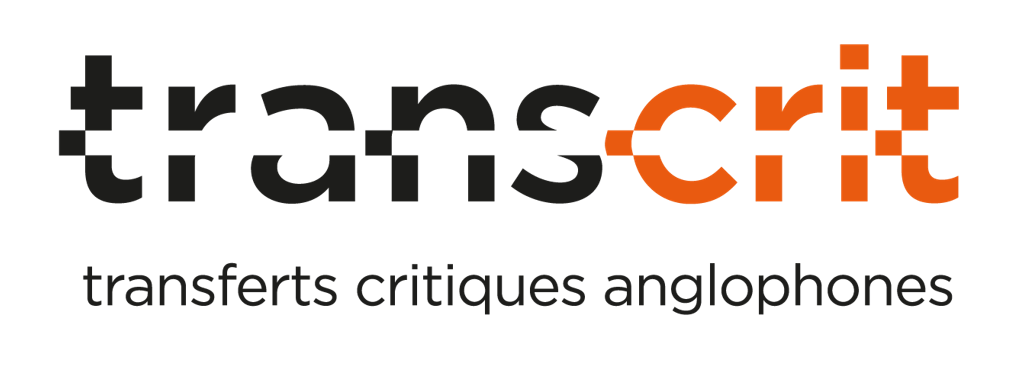Compensatory Strategies in Individuals with Moebius Syndrome: A Case Study
Résumé
Moebius syndrome is a rare (0.00002 to 0.002% of the world’s population) congenital neuromuscular disorder characterized by the absence or underdevelopment of the 6th and 7th cranial nerves, which control horizontal eye movements and facial muscles (Verzijl et al. 2005). Key articulatory features in individuals with Moebius syndrome thus include lip paralysis and incomplete lip closure. These characteristics can affect, among others, the production of bilabial (/m, b, p/) and labio-dental (/f, v/) consonants, and rounded vowels, which all recruit the upper and lower lips and involve the jaw. Previous studies have reported that a large proportion of these individuals present with frequent misarticulations related to impaired labial function (Kahane 1979, Helmick 1980, Murdoch et al. 1997, Sjögreen et al. 2001, del Carmen Pamplona et al. 2022). Interestingly, however, about 20% of these individuals appear to succeed in developing particularly efficient compensatory articulatory movement (Sjögreen et al. 2022). A detailed description of these compensatory articulatory patterns has the potential to inform fundamental issues in articulatory phonetics, specifically speech motor control, and to guide speech therapists in their attempts to improve the intelligibility of patients with congenital and acquired lip paralysis. However, to date, research focusing specifically on a quantitative analysis of speech motor control strategies in individuals with Moebius syndrome with intact intelligibility does not exist. This study aims to fill this gap by providing the first detailed acoustic and articulatory analysis of speech motor control mechanisms in two individuals with complete lip paralysis but intact speech intelligibility.
| Origine | Fichiers produits par l'(les) auteur(s) |
|---|

